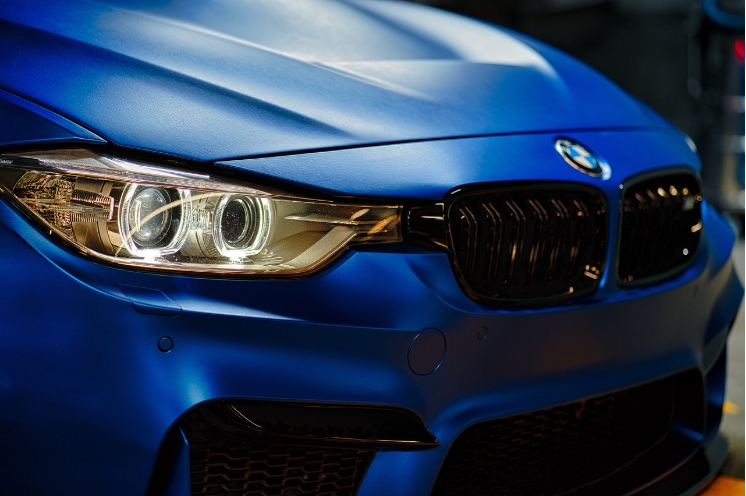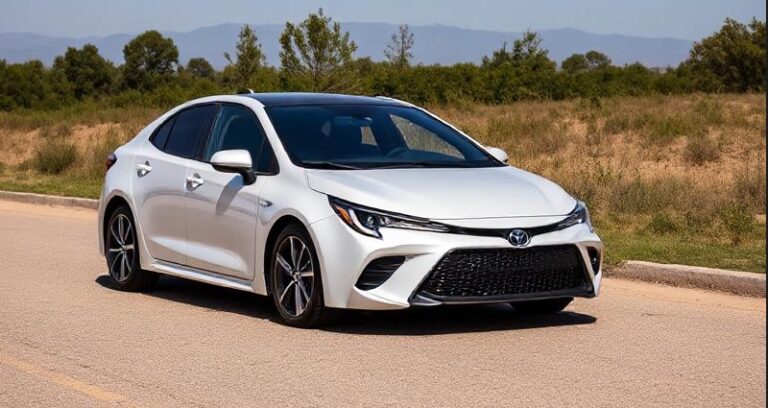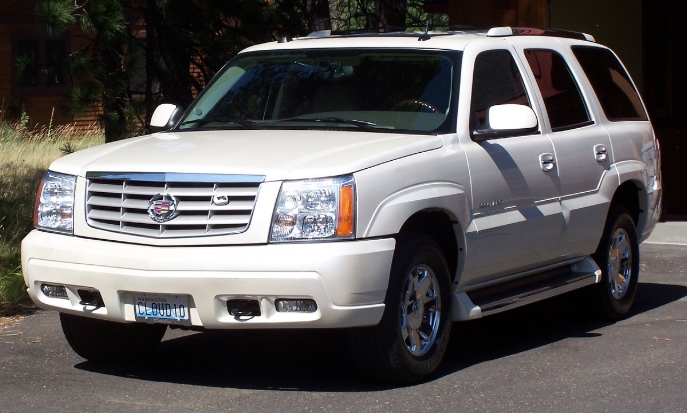The Evolution of Volvo S40, S70, and S80: A Detailed Overview
Volvo has long been synonymous with safety, durability, and Scandinavian design. Over the decades, Volvo’s sedans and compacts have evolved significantly, reflecting changes in automotive technology, market demands, and safety standards. This article explores the chronological development of the Volvo S40, S70, and S80 models—detailing their production years, various models, and trim levels.
Volvo S40: The Compact Sedan
Introduction and Production Timeline
The Volvo S40 was introduced in 1995 as a compact executive sedan and hatchback, targeting younger buyers and urban drivers seeking a blend of safety, comfort, and style. The S40 was based on the Ford CD4 platform (shared with the Mazda 3 in later generations) and was produced until 2012, with the first generation ending in 2004 and the second generation continuing until 2012.
First Generation (1995–2004)
Overview
The first-generation Volvo S40 debuted in 1995 as a replacement for the Volvo 480. It was primarily available in sedan and hatchback forms. This generation was notable for its focus on safety, solid build quality, and Scandinavian styling.
Production Years
- 1995–2004
Key Models and Trim Levels
Throughout its production run, the first-generation S40 was offered in various trims:
- S40 LXi / 2.0: Base trim with a 2.0L inline-4 engine.
- S40 SE: Mid-level with additional features.
- S40 T4 (later T5): High-performance version equipped with turbocharged engines.
- S40 1.9D / 1.9TD: Diesel variants for European markets.
Engine Options
- 1.6L I4 (various tunes)
- 1.8L I4
- 2.0L I4
- 2.0L Turbo (T4/T5)
- Diesel engines (1.9L D, 1.9L TD)
Notable Features
- Emphasis on safety, including side-impact airbags, anti-lock brakes, and stability control.
- Interior options varied from basic to more luxurious trims with leather upholstery and premium audio.
Second Generation (2004–2012)
Introduction
The second-generation S40 was launched in 2004, built on the Ford Volvo P1 platform (shared with the Ford Focus). It marked a significant design overhaul, adopting a more modern, aerodynamic shape and advanced safety features.
Production Years
- 2004–2012
Model Variants and Trim Levels
The second-generation S40 was offered in various trims, including:
- S40 2.0: Base model with 2.0L engine.
- S40 2.4i: 2.4L inline-5 engine.
- S40 T5: Turbocharged 2.5L inline-5, high-performance model.
- S40 T5 R-Design: Sportier trim with aesthetic and suspension upgrades.
- S40 1.6D / 1.6D DRIVe: Diesel variants focusing on fuel efficiency.
- S40 2.0D: Diesel with moderate power.
Engine Options
- 1.6L I4 (diesel and petrol)
- 2.0L I4
- 2.4L I5
- 2.5L Turbo I5 (T5 models)
Notable Features and Safety
- Introduction of the “City Safety” collision avoidance system.
- Available with features such as Bluetooth, navigation, and premium audio.
- Trim levels often included base, SE, and R-Design, with optional packages.
Special Editions
- R-Design: Sportier styling, lowered suspension, unique interior accents.
- Summum: More luxurious trim with leather seats, wood trim, and upgraded audio.
Volvo S70: The Executive Sedan
Introduction and Production Timeline
The Volvo S70 was introduced in 1996 as a replacement for the Volvo 850 sedan, sharing its platform with the V70 wagon. The S70 was produced until 2000, after which it was succeeded by the Volvo S60.
Production Years
- 1996–2000
Models and Trim Levels
The S70 was offered mainly in three trim levels:
- S70 GLT: The sporty turbocharged variant with a focus on performance.
- S70 T5: The high-performance model equipped with a turbocharged inline-5 engine.
- S70 Base: Entry-level models with naturally aspirated engines.
Engine Options
- 2.4L I4 (naturally aspirated)
- 2.5L I5 turbo (GLT)
- 2.3L Turbo I5 (T5)
- Diesel variants (available in some markets)
Features and Variants
- S70 GLT: Featured sport suspension, alloy wheels, and sport interior accents.
- S70 T5: Performance-oriented with twin-cam turbocharged engines, sport seats, and upgraded suspension.
- Trim packages often added features like leather upholstery, premium sound systems, and sunroofs.
Notable Aspects
- Emphasis on safety, including multiple airbags, side-impact protection, and stability control.
- The T5 models were considered quite sporty for their class at the time.
Volvo S80: The Flagship Sedan
Introduction and Production Timeline
The Volvo S80 debuted in 1998 as Volvo’s flagship sedan, replacing the Volvo 960/960 Series. It was designed to compete in the luxury sedan segment, blending comfort, safety, and innovative technology.
Production Years
- 1998–2016
First Generation (1998–2006)
Overview
The first-generation S80 was introduced in 1998, built on the Volvo P2 platform (shared with the S60 and XC90). It was notable for its elegant styling and high safety standards.
Key Models and Trim Levels
- S80 2.4: Base model with a naturally aspirated 2.4L engine.
- S80 T6: Equipped with a supercharged inline-6 engine.
- S80 T6 AWD: All-wheel drive variant.
- S80 V8: Rare, high-performance versions available in select markets.
Engine Options
- 2.4L I4 (early models)
- 2.5L I5 turbo
- 2.9L I6
- 2.9L Turbo I6
- 4.4L V8 (later models)
Trim Levels
- Base: Comfort-oriented with standard features.
- SE/Executive: Added luxury features like leather, wood trim, premium audio.
- Sport: Focused on performance with sport suspension and styling.
Special Editions
- Ocean Race Edition: Limited edition with unique styling cues.
- R-Design: Sportier trim introduced in later years.
Second Generation (2006–2016)
Overview
The second-generation S80 was launched in 2006, built on the Volvo P3 platform (shared with the XC60, V70). It featured a more modern design, extensive safety tech, and refined luxury features.
Production Years
- 2006–2016
Models and Trim Levels
- S80 3.2: Entry-level with 3.2L inline-6.
- S80 T6: Turbocharged inline-6.
- S80 V8: Available in select markets.
- S80 Hybrid: Early hybrid versions in limited markets.
Engine Options
- 2.4L I5 (earlier models)
- 3.2L I6
- 3.0L Turbo I6
- 4.4L V8
- Hybrid variants combining gasoline and electric motors
Features and Safety
- Introduction of City Safety, lane departure warning, adaptive cruise control.
- Luxurious interior options, including Nappa leather, advanced infotainment systems.
- Trim levels often included base, SE, and Inscription.
End of Production
The S80 was discontinued after the 2016 model year as Volvo shifted focus towards SUVs and crossovers, with the S80’s legacy influencing subsequent models like the Volvo S90.
.
RepairSurge Online Repair Manuals Replace Bulky Books With Reliable Digital Information!
Faster And Cheaper Than Traditional Printed Manuals, Users Get Instant Access To The Repair Information They Need For Any Car, Truck, Van or SUV.
.
Summary of Key Milestones
| Model | Production Years | Notable Features/Variants |
|---|---|---|
| Volvo S40 | 1995–2004 (first gen), 2004–2012 (second gen) | Emphasis on safety, modern design, turbocharged variants |
| Volvo S70 | 1996–2000 | Sporty trims, performance T5, safety features |
| Volvo S80 | 1998–2016 | Luxury, safety innovations, multiple engine options |
Conclusion
The Volvo S40, S70, and S80 have each played significant roles in Volvo’s history, representing different segments from compact sedans to luxury flagship vehicles. Over their production lifespan, they consistently prioritized safety, comfort, and innovative technology. Their evolution reflects Volvo’s commitment to Scandinavian design principles and automotive safety standards.
While the S40 and S70 served as practical, sporty, and efficient options for everyday drivers, the S80 represented Volvo’s luxury and technological ambitions. Today, these models are appreciated by enthusiasts and collectors for their durability, safety features, and the brand’s enduring reputation.







